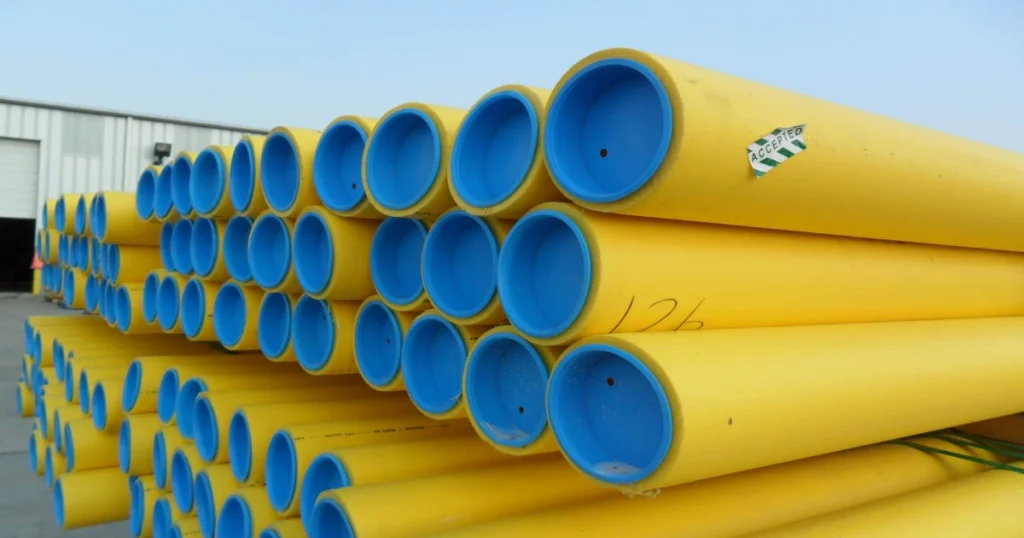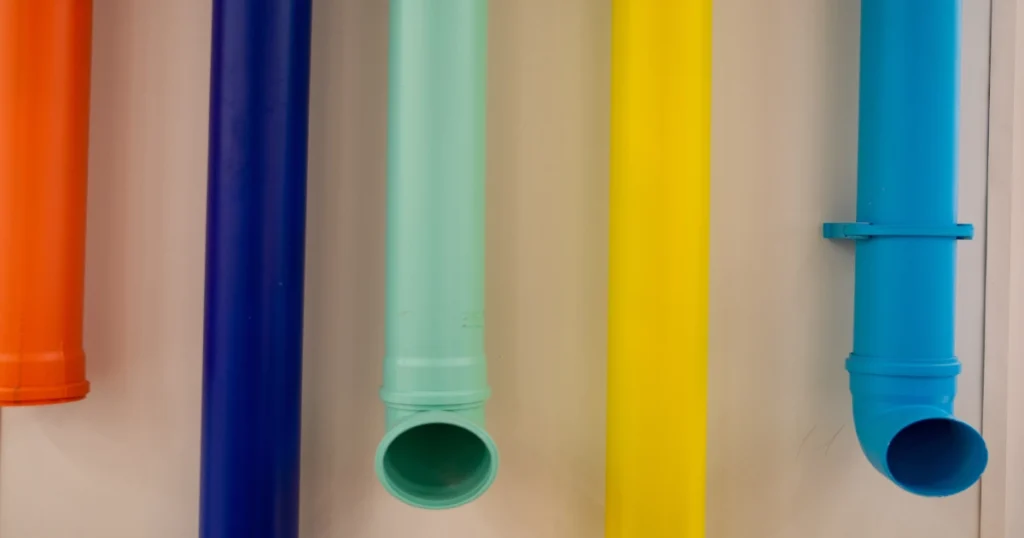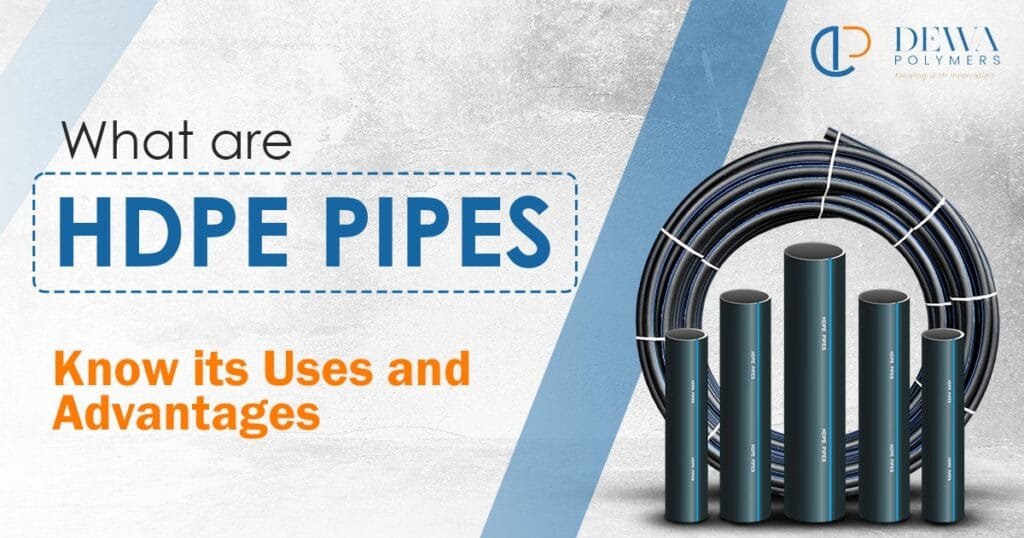In the complex world of piping systems, colour-coded pipes play a crucial role in ensuring safety, efficiency, and organisation.
Whether you’re working in a construction site, a manufacturing facility, or even maintaining public infrastructure, understanding colour-coded pipe systems is essential.
These systems adhere to specific industry standards, providing a universal language to identify the contents and purpose of each pipe. But what do these colours mean? How are they standardised across industries?
Let’s dive in and explore everything you need to know.
What Are Colour-Coded Pipe Systems?
Colour-coded pipe systems are a method of marking pipes with specific colours to denote the material or fluid they carry.
This practice simplifies identification and minimises the risk of accidents or operational errors. By adhering to industry standards, businesses can ensure consistency, safety, and compliance.
Imagine a vast network of pipes without any markings. It would be a logistical nightmare to figure out which pipe carries water, gas, or hazardous chemicals.
The colour-coding system eliminates this confusion by providing a clear, universally understood guideline.
Colour-Coded Pipe Systems: Why Are Industry Standards Important?
Uniformity Across Industries
Industry standards ensure that the colour codes remain consistent, regardless of where you work or who installs the system. For example, a blue pipe in one facility should signify the same material or fluid in another.
Safety and Risk Reduction
Misidentifying a pipe’s contents can lead to catastrophic results, especially in industries dealing with hazardous materials. Colour-coded systems act as a safety net, providing immediate visual cues to workers.
Efficiency in Maintenance
Routine maintenance becomes easier and faster when pipes are clearly marked. Engineers and technicians can quickly identify the purpose of each pipe, saving time and reducing downtime.
Colour-Coded Pipe Systems: Understanding the Colour Codes
Common Colour Codes and Their Meanings
India has established its own standard for the colour coding of pipelines, known as IS 2379:1990.
This standard provides a comprehensive colour scheme for identifying the contents of pipelines in various settings, including domestic, public buildings, and certain industrial installations. The aim is to ensure safety and consistency across facilities.
LAW RESOURCE
Key Features of IS 2379:1990:
Scope: The standard applies to piping systems, which include pipes of any kind, along with fittings, valves, and pipe coverings. However, it excludes supports, brackets, or other accessories.
Additionally, it does not apply to pipelines buried underground or those used for electrical services.
LAW RESOURCE
Colour Scheme: IS 2379 specifies ground colours for different substances to facilitate easy identification. For instance:
- Water: Sea green
- Steam: Aluminium
- Oils and Combustible Liquids: Light brown
- Acids: Dark violet
- Air: Sky blue
- Gases: Canary yellow
- Alkalis: Smoke grey
- Other Gases and Liquids: Black
- Hydrocarbons/Organic Compounds: Dark aluminium grey
These ground colours are supplemented with colour bands of 25 mm to 100 mm width, placed at strategic locations such as battery limits, intersections, near valves, at walls, and at starting and terminating points. This system enhances the clarity and safety of pipeline identification.
LAW RESOURCE
By adhering to IS 2379:1990, industries in India can maintain a consistent and safe approach to pipeline identification, aligning with international practices while catering to local requirements.
Different regions and industries might have slight variations, but here’s a general guide based on international standards:
- Blue: Potable water
- Green: Raw water or cooling systems
- Yellow: Flammable gases like natural gas
- Red: Fire protection systems
- Orange: Toxic or corrosive fluids
- Brown: Combustible liquids
- Black: Wastewater or drainage systems
- White: Steam
Regional Standards and Variations
While global standards like the ISO (International Organisation for Standardisation) provide guidelines, individual countries may have additional requirements.
Indian Standards: India has established its own standard for the colour coding of pipelines, known as IS 2379:1990.
UK Standards: The British Standard 1710 provides a detailed framework for pipe marking.
US Standards: OSHA (Occupational Safety and Health Administration) and ANSI (American National Standards Institute) regulate pipe colour-coding in the United States.
Australia/New Zealand: AS 1345 outlines their specific system for colour-coding pipes.
Implementing Colour-Coded Pipe Systems in Your Facility
Assess Your Needs
Evaluate the types of fluids, gases, or materials being transported through your facility’s pipes. This will help you determine which colours and labels are required.
Step 2: Refer to Relevant Standards
Ensure compliance by consulting the industry standards applicable in your region. This step is crucial for legal and safety purposes.
Step 3: Apply and Maintain Markings
Invest in durable, high-quality paint or labels to mark your pipes. Regularly inspect and update these markings to ensure they remain visible and accurate.
Challenges in Maintaining Colour-Coded Pipe Systems
Even with the best systems in place, challenges can arise:
Fading Colours: Over time, markings can fade due to exposure to sunlight, chemicals, or general wear and tear.
Untrained Staff: Workers unfamiliar with the system may still make errors, highlighting the need for proper training.
Compliance Updates: Industry standards evolve, and businesses must adapt to remain compliant.
Benefits of Following Colour-Coding Standards
When properly implemented, colour-coded pipe systems offer a host of benefits:
Enhanced Safety: Reduced risk of accidents and mishaps.
Regulatory Compliance: Avoiding fines or penalties for non-compliance.
Improved Workflow: Faster identification and troubleshooting.
Professional Appearance: A well-marked system reflects a high level of professionalism and attention to detail.
The Future of Colour-Coded Pipe Systems
As industries adopt smarter technologies, we may see innovations in pipe identification systems.
For example, augmented reality (AR) could allow workers to view pipe information through smart glasses, reducing the reliance on physical markings.
However, traditional colour-coded pipe systems will likely remain a fundamental safety practice for years to come.
Conclusion
Understanding colour-coded pipe systems and adhering to industry standards is not just about compliance—it’s about creating a safer and more efficient work environment. By implementing these systems thoughtfully and maintaining them diligently, businesses can avoid costly mistakes and ensure smooth operations.
If you’re planning to upgrade or install a pipe marking system in your facility, now is the perfect time to act. Contact Dewa Polymers to assess your needs and ensure compliance with the latest standards.
Get in touch with our experts today to ensure safety and compliance in every corner of your operations.










